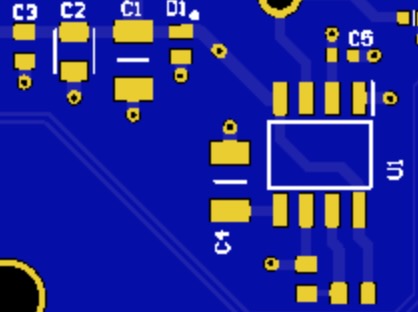Exact Measurement? For Innovation, and Progress
A coherence-based Noise Reduction System, approaches a time-independent reference, or exact standard, for the measurement of time. Download summary of scientific research here.
Improving Cognitive Ergonomics
For Better User Experience

Areas of Application of Coherence Technology Pdf download here: https://www.upgradingtechnology.com/support-files/areasofapplication.pdf

Cognitive ergonomics, sensory coherence, and sense of coherence are all crucial factors that influence how effectively an individual can perform tasks, and their general well-being. Cognitive ergonomics is the study of how the brain processes and understands information. It's important because it directly affects a person's efficiency, accuracy, and satisfaction at work or in any activity involving mental processing. Sensory coherence refers to how our senses work together to help us perceive and understand the world around us. A well-coordinated sensory system allows a person to interact more effectively with their environment.
Sense of coherence is a theoretical construct that represents a person's view of life and capacity to respond to stressful situations. It consists of three components: comprehensibility (the cognitive component), manageability (the instrumental or behavioral component), and meaningfulness (the motivational component). A high sense of coherence results in lower stress levels and improved well-being.
Conventional approaches to improving these factors typically include training and education, development of cognitive skills, stress management techniques, and creating a well-organized environment that supports productivity and mental well-being.
However, every approach has its pros and cons. For instance, while training and education can improve performance, they may be time-consuming and may not always transfer to new tasks or situations. Stress management techniques can reduce stress but may not address the root cause of it. Developing cognitive skills can enhance performance but may not necessarily improve well-being if not accompanied by stress management or exposure to a supportive work or life environment.
In contrast to traditional approaches, the technological approach emphasizes enhancing the sensory coherence and the sense of coherence through improving the characteristics of electronic signals that we encounter in our daily life. This approach asserts that increasing the coherence and stability of electronic signals, and reducing their 'noise,' can eventually enhance our overall well-being and performance by reducing the uncertainty that our brain has to deal with.
The advantages of this approach are numerous. For example, it may improve our exposure to media, making it more comfortable and less tiring, which may lead to increased productivity. It may also boost our well-being by reducing the unnecessary sensory input that can lead to stress. However, it is important to remember that while technology can certainly contribute to improving our cognitive ergonomics, sensory coherence, and a sense of coherence, it cannot replace the need for a balanced lifestyle, physical activity, and good nutrition.
As highlighted, there's potential for endless innovation within this approach. For example, the integration of a small noise reduction integrated circuit into a system can significantly enhance the user's experience by reducing measurement uncertainty and ensuring smoother information processing. Thus, it provides promising opportunities for businesses and society as a whole to improve individuals' overall sense of contentment and well-being.